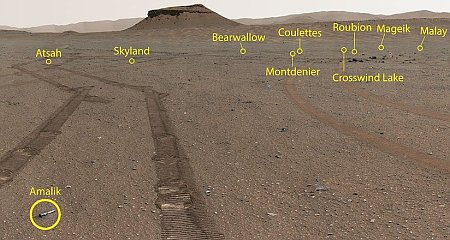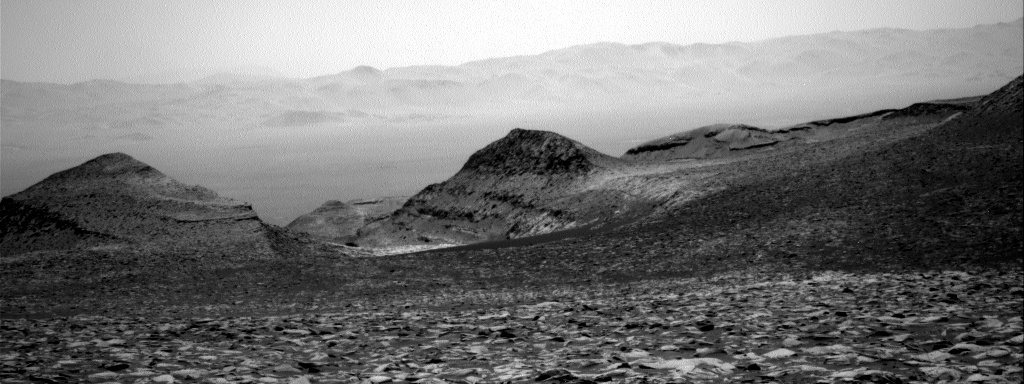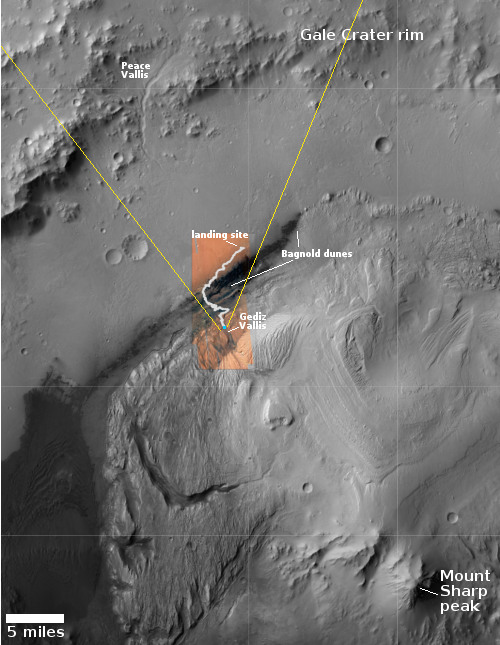Gamma ray burst 1.9 billion light years away was powerful enough to affect Earth’s atmosphere
One of the most powerful gamma ray bursts (GRBs) ever detected was so powerful that despite occurring about 1.9 billion light years away it was powerful enough to affect Earth’s atmosphere.
On 9 October 2022, for 7 minutes, high energy photons from a gigantic explosion 1.9 billion light-years away toasted one side of Earth as never before observed. The event, called a gamma ray burst (GRB), was 70 times brighter than the previous record holder. But what astronomers dub the “BOAT”—the brightest of all time—did more than provide a light show spanning the electromagnetic spectrum. It also ionized atoms across the ionosphere, which spans from 50 to 1000 kilometers in altitude, researchers say. The findings highlight the faint but real risk of a closer burst destroying Earth’s protective ozone layer.
“It was such a massive event, it affected all levels of the atmosphere,” says solar physicist Laura Hayes of the European Space Agency (ESA).
None of these consequences were harmful or even noticeable to any life on Earth, but the data proved without question that a GRB close by within the Milky Way could have been the cause of one or more of the past extinction events. It also proved that a future such nearby explosion could do the same again.
At present astronomers think that GRBs are caused either by the collapse of a massive star into a black hole, during a supernovae event, or by the merger of two neutron stars. Neither conclusion is proved as yet, though the evidence has eliminated most other theories.
For astronomers this GRB was significant because its strength allowed many different telescopes and detectors to record it, in many different wavelengths. Having such a wealth of information helps them better figure out what happened when the burst occurred.
One of the most powerful gamma ray bursts (GRBs) ever detected was so powerful that despite occurring about 1.9 billion light years away it was powerful enough to affect Earth’s atmosphere.
On 9 October 2022, for 7 minutes, high energy photons from a gigantic explosion 1.9 billion light-years away toasted one side of Earth as never before observed. The event, called a gamma ray burst (GRB), was 70 times brighter than the previous record holder. But what astronomers dub the “BOAT”—the brightest of all time—did more than provide a light show spanning the electromagnetic spectrum. It also ionized atoms across the ionosphere, which spans from 50 to 1000 kilometers in altitude, researchers say. The findings highlight the faint but real risk of a closer burst destroying Earth’s protective ozone layer.
“It was such a massive event, it affected all levels of the atmosphere,” says solar physicist Laura Hayes of the European Space Agency (ESA).
None of these consequences were harmful or even noticeable to any life on Earth, but the data proved without question that a GRB close by within the Milky Way could have been the cause of one or more of the past extinction events. It also proved that a future such nearby explosion could do the same again.
At present astronomers think that GRBs are caused either by the collapse of a massive star into a black hole, during a supernovae event, or by the merger of two neutron stars. Neither conclusion is proved as yet, though the evidence has eliminated most other theories.
For astronomers this GRB was significant because its strength allowed many different telescopes and detectors to record it, in many different wavelengths. Having such a wealth of information helps them better figure out what happened when the burst occurred.














